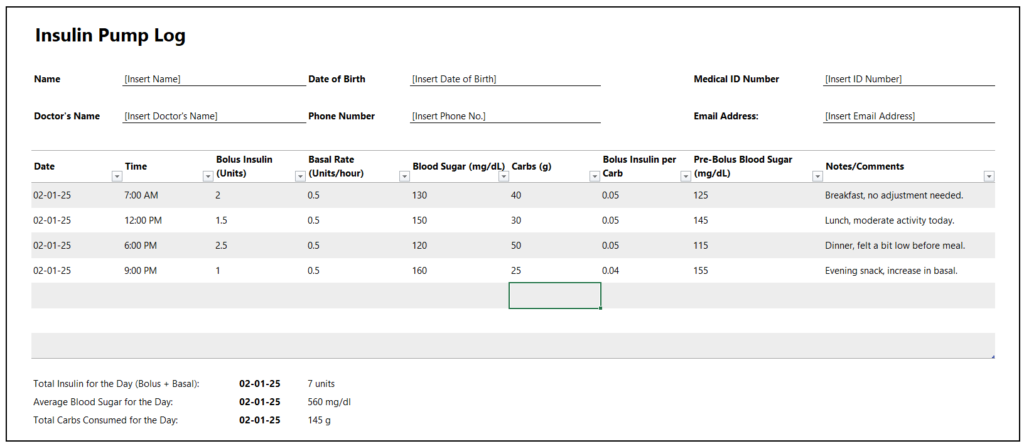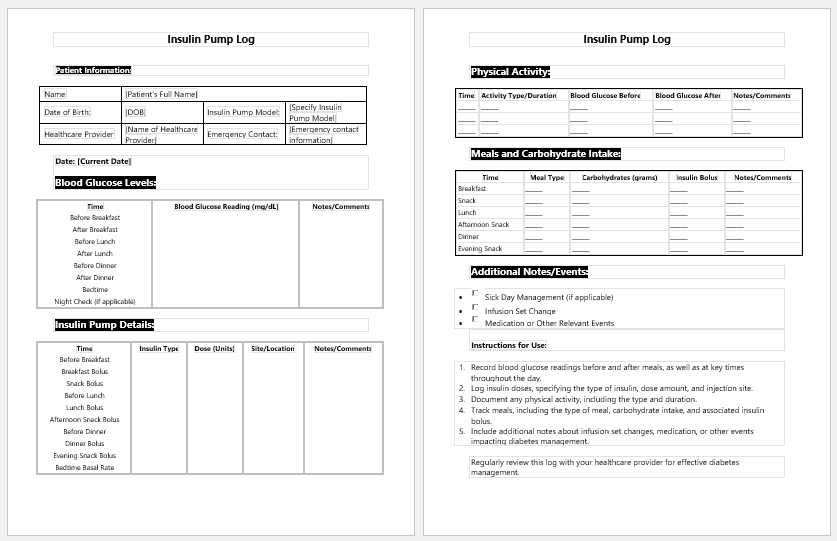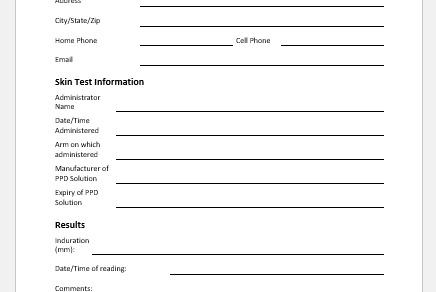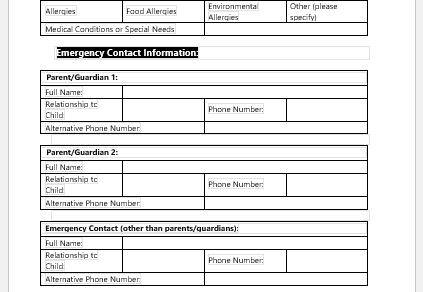Insulin is a hormone produced in the pancreas’s beta cells. These beta cells in the pancreas are present in the form of islets, which are commonly called islets of Langerhans. Insulin is a peptide hormone that metabolises carbohydrates, fats, and proteins.
When insulin loses its function due to a deficiency in production or a lack of sensitivity to its receptors, it manifests as diabetes. Diabetes can be treated either by diet control, oral hypoglycemic drugs, or the administration of insulin from an external source.
Insulin is frequently used for the management of diabetes mellitus and is considered a safe drug even in pregnancy in all trimesters.

Insulin pump
Knowing a little about it before jumping on the insulin pump log is good. Many patients need to administer this drug at home, so it is important to know the basics of the drug, its safe administration, and the interpretation of results.
An insulin pump is a medical device for administering insulin in proper doses. Many of us might be familiar with insulin being administered subcutaneously, and proper technique is necessary for better management. Everyone, except health professionals, is not trained enough to administer the drug correctly, so this device has been invented for administration at home. It indeed saves time and money.
Insulin Pump Log
- An insulin pump log is used to properly maintain the record of the glucose levels and dose of insulin administered to the patient. This log is considered the most helpful and reliable for tracking insulin therapy’s effect on patients with diabetes.
- The log always begins with the patient’s name and diagnosis. Other information can be added, including his hospital or doctor details, contact information, and address.
- Some people require insulin doses before all three meals of the day: breakfast, lunch, and dinner. So, we will find three separate portions for each meal. Blood glucose levels should always be checked before administering the subcutaneous insulin injection. A good-quality glucometer that gives readings thrice daily can be bought for the home.
- You need to write down the blood glucose levels before every insulin dose. The amount of CHO, or carbohydrates, taken in the meal is also mentioned in the grams, and then we are to write the estimated ketones in the urine. They might appear, especially after exercise. If they appear otherwise, you must investigate the cause of urinary ketones more keenly in a diabetic patient.
- Repeat the same process at lunch and dinner. Over time, you will be able to keep a complete record of the effect of insulin on your blood glucose levels. If they are still not controlled, you may want to see your endocrinologist to adjust the insulin dose.

The Insulin Pump Log for Word helps track insulin administration, blood sugar levels, carbohydrate intake, and basal rates for better management and adjustments of diabetes care. Log File: 59 KB
- Nursing Documentation Templates
- Mental Health Evaluation Forms
- Forms Used by Pediatricians
- Various Forms Related to Pregnancy Verification
- Common Forms Used by ENT Specialists
- Pain Diary Worksheet Template
- Forms Commonly Used by Old Age Homes
- Medical Treatment Consent Form
- Home Exercise Program Worksheet
- Forms Used for Mental Health Assessment
- Forms Used by Psychologists
- Medical Forms Commonly Used by/for Students
- Assessment Consent Form
- Forms Used by an Anesthesiologist
- Not Fit to Fly Certificate Template


